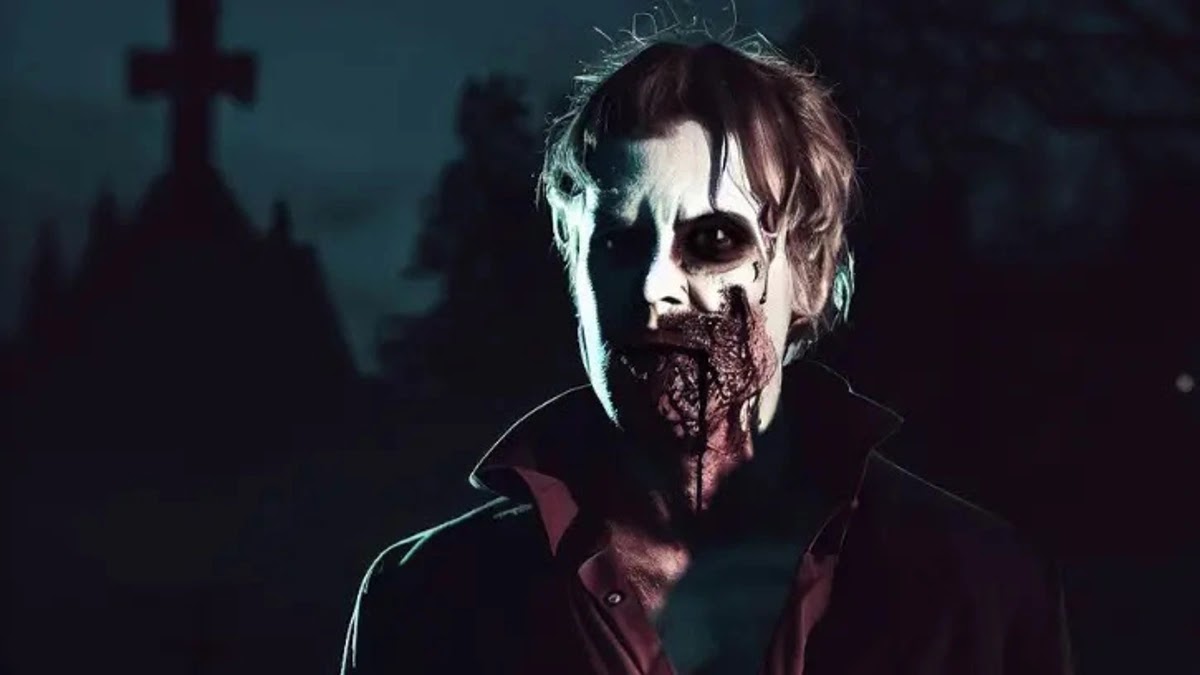Vampires have long captivated our imaginations, with tales of bloodsucking creatures of the night dating back centuries. But are these supernatural beings real, or simply the stuff of legend? In this article, we will explore the evidence for and against the existence of vampires, drawing on historical accounts, scientific research, and modern-day beliefs and practices.
History and Folklore of Vampires
The roots of vampire folklore can be traced back to ancient cultures such as the Babylonians and Egyptians, who believed in blood-drinking demons and spirits. In Europe, the concept of vampires gained popularity in the Middle Ages, with tales of undead creatures preying on the living. In the 19th century, Bram Stoker's novel Dracula popularized the idea of vampires as aristocratic, seductive beings with a thirst for human blood.
Scientific and Medical Explanations for Vampires
While the existence of vampires as supernatural creatures is widely considered to be fictional, there are some medical conditions that may have contributed to the vampire legend. For example, the genetic condition porphyria can cause skin sensitivity to sunlight, which may have led to the belief that vampires could not go out in daylight. In addition, certain mental health disorders, such as clinical vampirism or Renfield's syndrome, involve a desire to drink blood or identify as a vampire.
Modern-Day Beliefs and Practices
Despite the scientific evidence against the existence of vampires, there are still those who believe in or practice vampirism. Some self-identified vampires claim to require regular consumption of blood or energy to maintain their health and well-being, while others embrace the symbolic aspects of vampire culture, such as gothic fashion or roleplaying. The vampire subculture has even spawned its own events and communities, such as the annual Vampire Ball in New Orleans.
Evidence for the Existence of Vampires
While most evidence for vampires is anecdotal or fictional, there have been a few historical accounts of alleged vampire sightings and encounters. In the 18th and 19th centuries, reports of vampires terrorizing villages in Eastern Europe were taken seriously by some, leading to the exhumation and destruction of supposed vampire corpses. In modern times, there have been occasional claims of vampire attacks or sightings, although these are typically dismissed as hoaxes or misunderstandings.
Debunking the Vampire Myth
Despite the enduring popularity of vampire folklore, there are many logical and scientific arguments against the existence of vampires. For one, the idea of a creature subsisting solely on human blood is biologically implausible, as blood lacks many essential nutrients that a living being requires. In addition, the lack of any tangible evidence for vampires, such as DNA or remains, suggests that they are purely a product of the imagination.
Implications of the Vampire Myth
Even if vampires are not real, their influence on popular culture cannot be denied. From classic horror films to modern TV series, the image of the vampire has become an enduring symbol of the mysterious and the supernatural. Whether it is our fascination with immortality or our fear of the unknown, the vampire myth continues to captivate us and inspire our imagination.
In conclusion, while the evidence for the existence of vampires is largely anecdotal and fictional, their enduring appeal as supernatural beings speaks to a deeper human fascination with the unknown and the mysterious. Whether we believe in them or not, the vampire myth will continue to capture our imagination and inspire new tales of horror and romance for generations to come.
In the dark of night A creature takes its flight With eyes that glow And fangs that show. A thirst for blood A hunger to be fed The vampire lurks In shadows, it smirks. A mystery and thrill A fascination that still Captivates the heart Of those who crave the dark.
Amanda Dublin



0 Comments